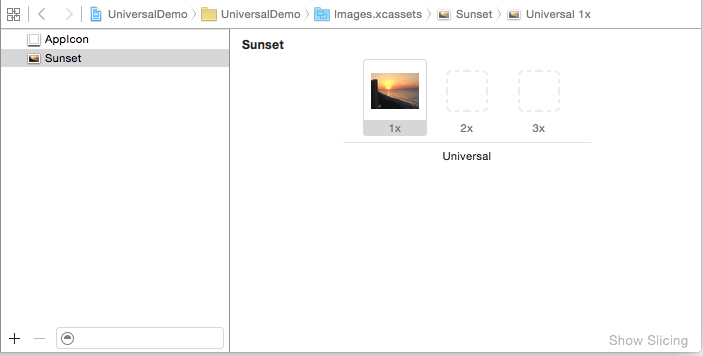


These might relate to a combination of your company name and your app name, or even a specific component within your app. We will build our game in the following steps: Your own classes should use three letter prefixes. We are going to use SpriteKit’s physics engine to move our spaceship and detect collisions between spaceship and missile. Others try to enforce using this->member whenever a data member is used. mmemberName for public members (where public members are used at all) memberName for private members or all members. SpriteKit comes with a physics engine built-in, which helps simulate realistic movements and collision detection. A lot of C++ code uses syntactical conventions for marking up data members. SpriteKit Physics and Collision Detection You will see a single label that says “Hello World!” and when you click anywhere on the screen, a rotating space ship will appear. In XCode’s toolbar, select the iPhone (4-inch) Simulator and click Run However, I think that it will not be a problem, because both classes have same methods and fields (checked this with disassembler) and I guess that both were compiled from the same source. Select the iOS\Application\SpriteKit Game template and click Next.Įnter your game name for Product Name, choose iPhone for devices and leave the Class Prefix blank and click Next. Class name is unique in Objective-C (you cant define 2 classes with same name), so it is undefined which one will be used in runtime. It allows you to namespace your classes in Objective-C using your three-letter prefix, without needing that prefix in Swift because you could namespace by way. Start Xcode and select File\New\Project from the main menu.
Class prefix xcode 6 how to#
We learned how to do this as part of our Code Fellows iOS bootcamp, and I thought I’d write it up to share with you. You can get the full source code of this tutorial on github.


 0 kommentar(er)
0 kommentar(er)
